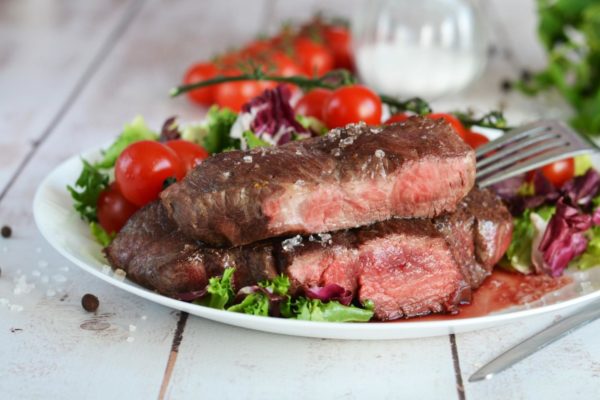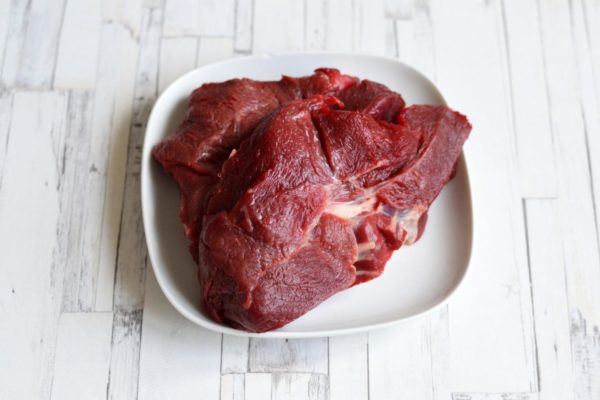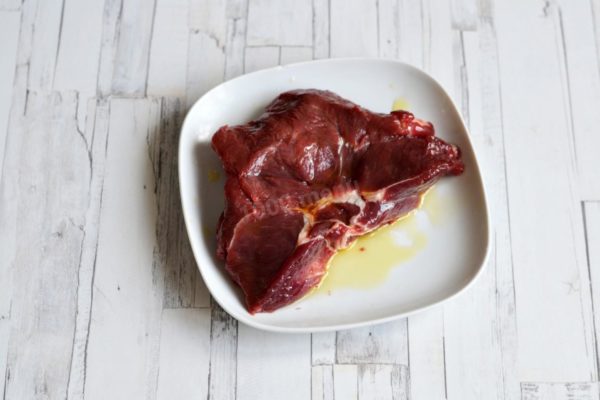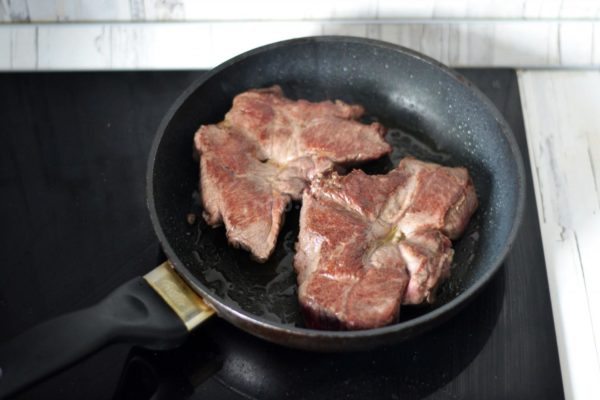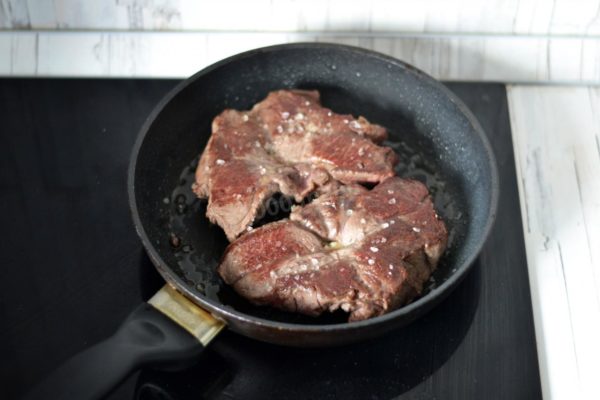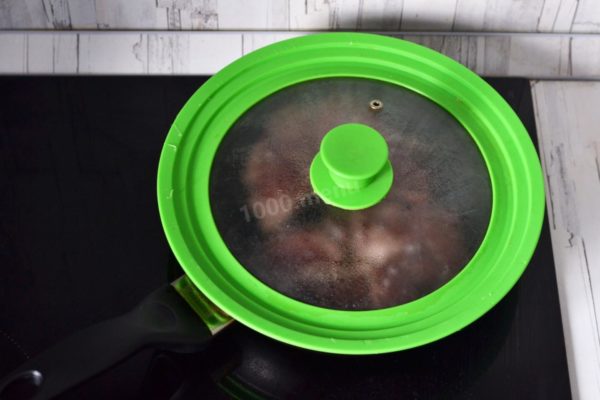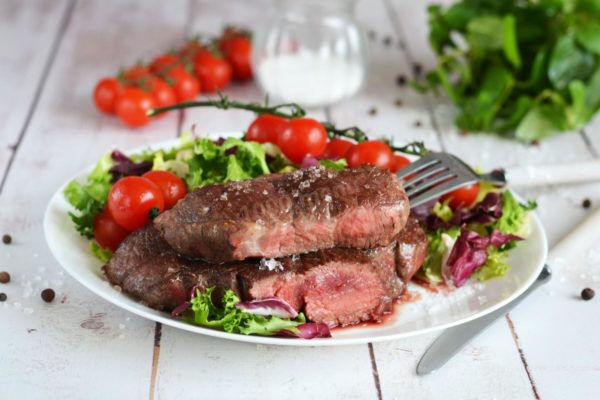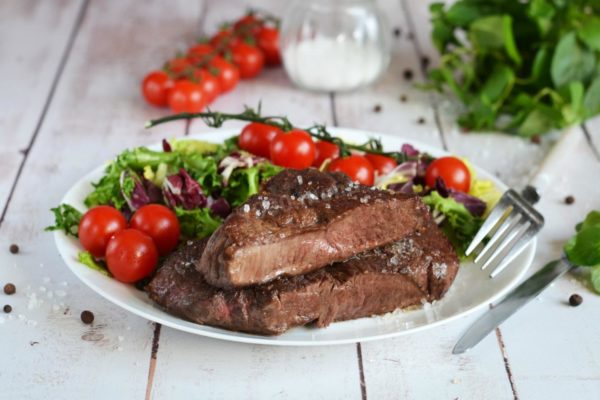Amazingly delicious - a restaurant dish on your table! In recent years, juicy meat of varying degrees of roasting with a minimum of spices has become especially popular. It will not be difficult to fry a rib eye steak in a frying pan at home, the main thing is to follow the suggested recommendations.
| Prep Time | 10 minutes |
| Cook Time | 30 minutes |
| Servings |
Ingredients
- 500 gram Beef
- 2 tablespoon Vegetable oil
- Sea Salt to taste
Ingredients
|
Instructions
- Let's learn how to pan-fry a succulent ribeye beef steak at home. Begin by gathering all the necessary ingredients. To ensure even cooking throughout the steak, take it out of the refrigerator in advance and allow it to come to room temperature for at least 1-2 hours. The steak should have a consistent temperature both inside and outside. It's not advisable to cook a steak from frozen meat, as it won't be as juicy and tender as when using fresh meat.
- Heat a thick-bottomed frying pan over high heat, and there's no need to add any extra oil. Place the steaks in the pan and sear one side for 30 seconds. If you notice a golden-brown crust forming on the meat, flip the steak to the other side. This quick searing helps lock in the meat juices. If you desire a Blue/Raw level of doneness (nearly raw meat with a seared crust), you can remove the steak from the heat at this stage.
- For those who prefer Medium Well steaks, fry them for an additional 6-7 minutes on each side after sealing the juices. There will be no more blood, but the meat will remain juicy. When pressed, pale, transparent juices will flow out. There's also the Well Done level of doneness, where the meat is cooked until no juice flows out, resulting in a dry texture, but some people still enjoy it.
Recipe Notes
You have the option to cook the steak in a grill pan for an attractive grill mark pattern.
Keep in mind that all oils are suitable for cooking until they reach their smoke point. Beyond this point, the oil can start to burn, releasing toxic substances, including carcinogens.
Selecting the right frying pan is crucial for the success of this recipe. An ill-suited pan can adversely affect the final result.
When preparing this dish, it's recommended to use fresh meat rather than frozen, as frozen meat may result in a drier finished product.
